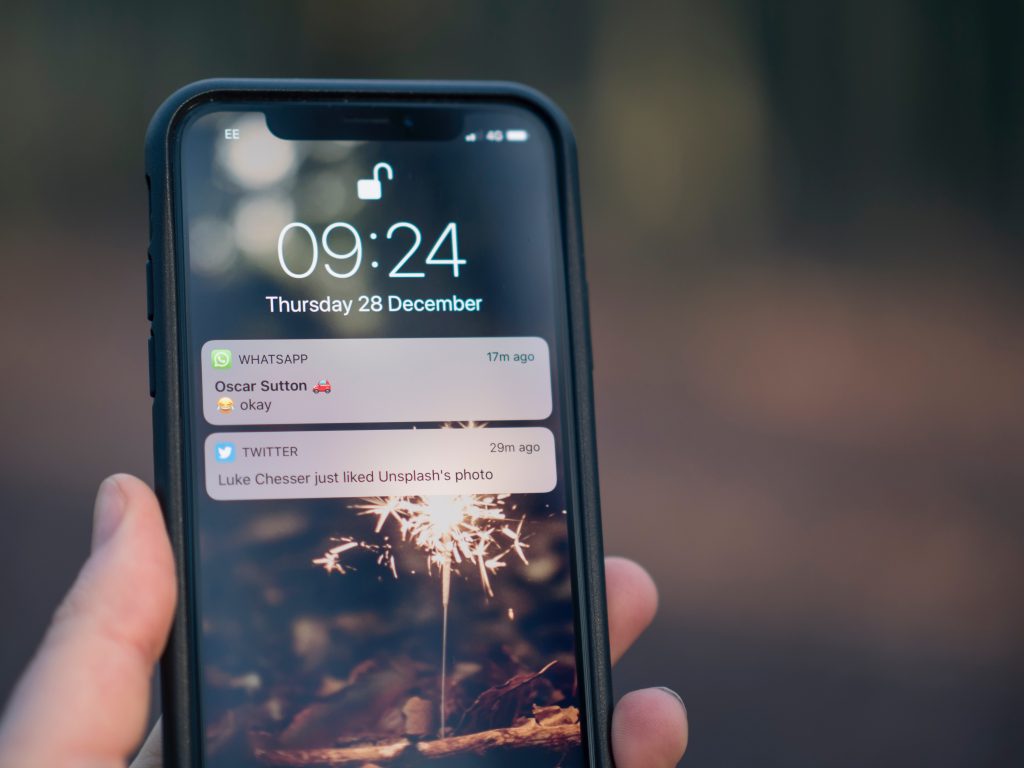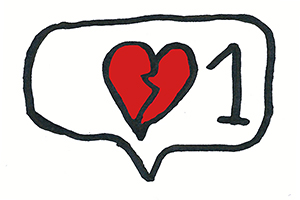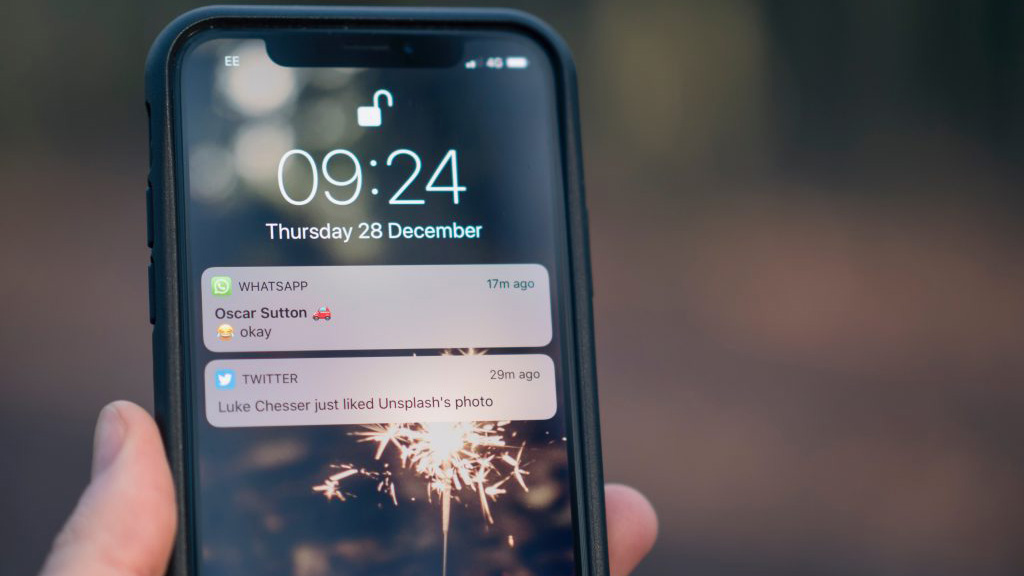Do you find yourself looking at your phone whenever it buzzes?
Recently a teacher devised an experiment, asking her students to turn up the volumes of their phones and report the notifications they received during her fourth-period class.
The tally that was created as a result is a startling illustration of how our phones demand our attention. During one lesson there were over 100 emails, more than 250 Instagram alerts, and just under 500 texts. And that’s not counting the false alarms that are ‘phantom phone vibrations‘.
This story is being pointed at as an example of how children are dependant on their phones, but the reality is that things are not all that different for us. A US study found that on average people receive 63.5 push notifications per day.
Notifications are convenient. They are an easy way to let us know who is trying to contact us, and quickly find out things we are interested in. But they can also be a distraction, annoyance or source of stress. No matter how well you think you work, chances are you still drop everything and look at your phone the moment it bleeps or buzzes. Notifications take us out of the moment and pull us away from real life.

Notifications can be very handy, but too many banal pop-ups and they can become annoying
Switching alerts off altogether isn’t necessarily the best solution, but many people don’t realise how many options they have to tailor them to their needs. Instagram, for example, has settings that allow you to only receive notifications concerning particular accounts, while iOS devices let you pick and choose which apps send notifications and which do not, ensuring only the important stuff ends up on your home screen.
Another good tip to avoid constantly stressing about notifications is to make them less pervasive. You can make notifications on iOS and Android phones arrive silently. You can also stop them from appearing on the lock screen.
Finally, when you’re trying to relax or get something important done, consider turning on airplane mode. That way you can catch up on everything at the time of your choosing rather than being at the beck and call of your device.







